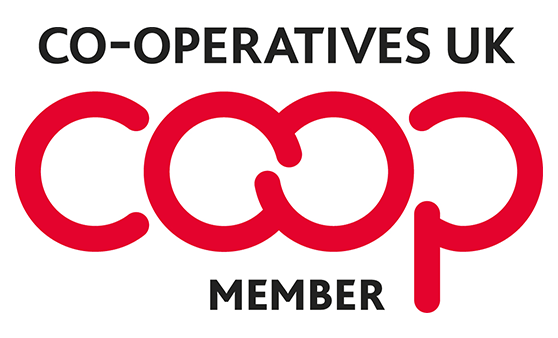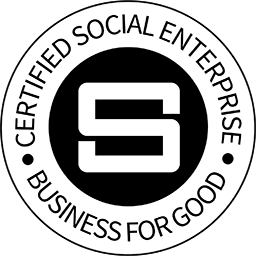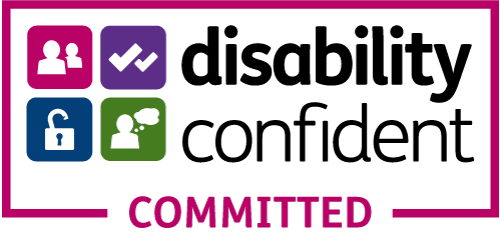Managing a Migration
Jennifer Bird • May 24, 2023 • 3 min read
In the last blog, we talked about a general tech update and how we were going to send more frequent updates.
Today, we give an update about the CRM (Customer Relationship Management) migration which was funded by the Power to Change Community Tech fund.

The problem:
Our previous CRM solution was too hard to integrate with our booking platform in the way that we wanted. Why a CRM? Staff need a way to check bookings and make notes, keep records and do the manual parts of the booking process. For our long-term plans, we needed to move to something where we could access the code for greater flexibility.
The solution:
Find a new CRM with open source capabilities!
Why open source:
Cloud (off-the-shelf) solutions can be great but often have limitations. Running an interpreting service is complex and a CRM needs to be adaptable. Bespoke solutions can cost thousands and can take a lot of time to implement. Solutions like Salesforce can be great for charities but do not offer good enough discounts for other non-profits. It can also get costly with changes for extra modules.
What held us back:
No one wants to give advice on the best CRM because most of them do not do what you want them to do. There is no easy answer to this question. CRMs are hugely complicated and have different functionalities. The market is full of CRMs that are not really CRMs. It is a minefield waiting to explode beneath an organisation’s feet. After a consultant that turned out to be not much help, we went alone. We put the time in to do the research and testing of systems before we made a decision. We also got the funding we needed to use our external developers to help with the planning and platform integration.
Where we are at now:
We have migrated to a new system. This only took about 10 times longer than expected! We did the data migration part in-house. Outlandish did a sterling job of supporting the platform integration work. We are currently using a hosted version due to time constraints and the needs of the service. This has helped to test out the system, and we are documenting everything we are doing.

What we will do next:
Go open source! It’s satisfying knowing that we are no longer tied to a solution that is inflexible and costly. We now have the rest of the year to document, test and plan for the migration to the open source version. And in the meantime, we are working on other parts of our tech, more updates to follow!



